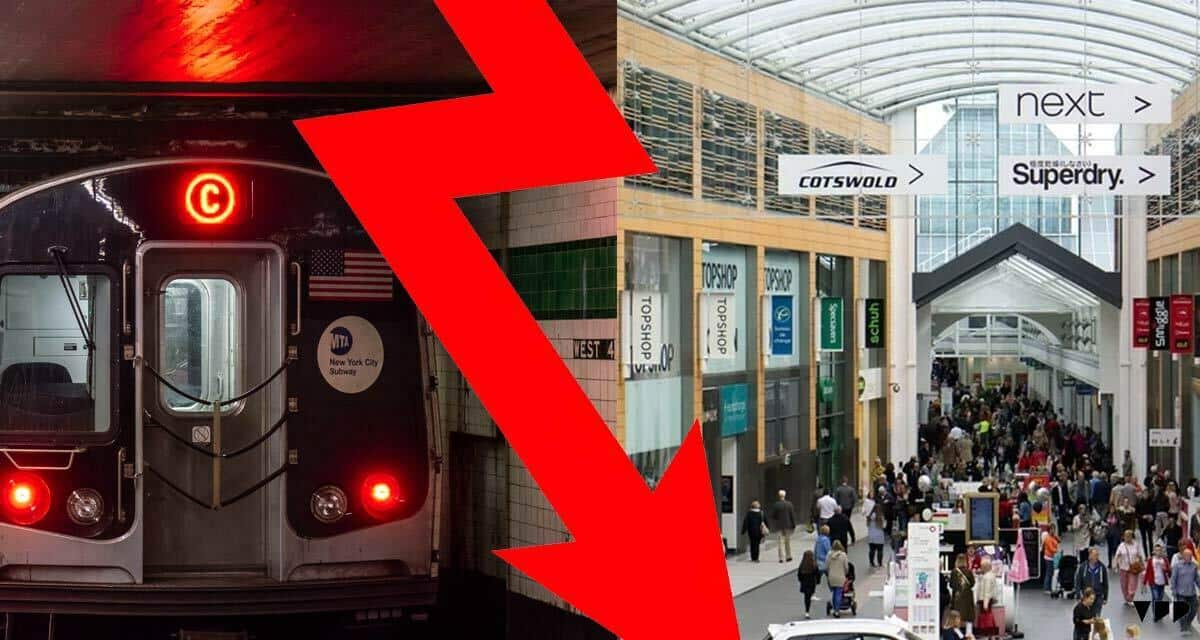The Future. Average office usage rates are roughly half what they were pre-pandemic, and the consequent decline in customers has left urban businesses struggling. To adapt, many retailers have relocated to the suburbs where foot traffic is higher. For most, that move has worked — and may cause a permanent shift from urban to suburban retail.
Suburb slickers
Suburban retailers are gaining what urban retailers lose.
- Many workers work remotely on Mondays and Fridays, crippling city retailers on those days– and supporting suburban ones instead.
- Businesses are following the customers. In the second half of 2022, urban retail availability exceeded suburban availability for the first time since 2013.
- Suburban rent growth has also outstripped that of cities, especially as resources and money flow out of already-unaffordable urban centers.
Trickle-out economics
This movement creates a cycle. Customers clustering in the suburbs attract businesses, which grow suburban retail centers, whose improved amenities attract more foot traffic, which lures even more stores, etc. Some urban businesses hope that remote work is only a fad — but if it redistributes retail outlets, it’s the city retailers who are about to go.
TOGETHER WITH CANVA
No design skills needed! 🪄✨
Canva Pro is the design software that makes design simple, convenient, and reliable. Create what you need in no time! Jam-packed with time-saving tools that make anyone look like a professional designer.


